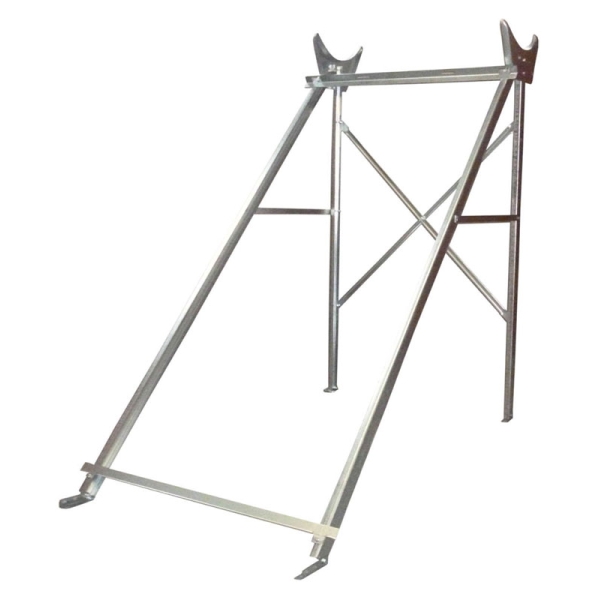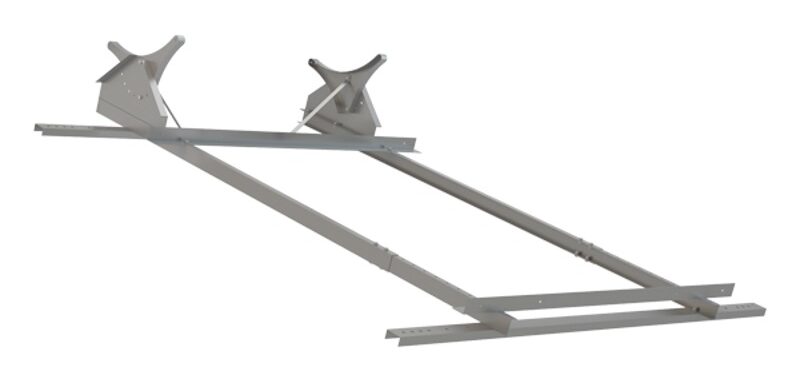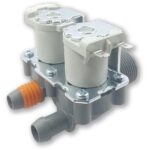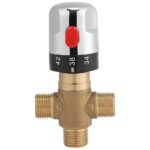The base for a solar water heater
The correct selection and installation of the base for a solar water heater is critical for the efficient and safe operation of the system. Solar water heater bases are mainly divided into two types: bases for flat roofs and bases for pitched roofs. Each type has its own advantages, disadvantages, and costs.
Flat Roof Base

Flat roof bases are the most common due to their simplicity and ease of installation.
Advantages
- Simple installation: Does not require much time or specialized labor for mounting.
- Adaptability: Can be installed on flat or slightly inclined surfaces.
- Low cost: Usually included in the purchase of the solar system or available at a small additional cost.
- Ease of maintenance: The solar water heater is easily accessible for inspection or repairs.
Disadvantages
- Wind resistance: In areas with strong winds, additional support or reinforcement of the base is required.
- Aesthetics: The solar water heater may affect the building’s appearance.
- Location constraints: Must be installed in a place with unobstructed sun exposure.
Pitched Roof Base

Pitched roof bases are used when the solar water heater is installed on a tiled roof. Special mounts are required for proper installation of the system.
Advantages
- Space saving: Ideal for residences where a flat roof is not available or does not exist.
- Aesthetics: The solar water heater integrates better with the roofline, offering a more discreet appearance.
- Efficiency: With the proper roof slope, system performance can be improved.
Disadvantages
- Higher cost: The pitched roof base is more expensive than the flat roof base. It usually adds extra cost and is a selection criterion.
- Installation difficulty: Specialized labor is required to avoid damaging the roof tiles. This may incur additional costs unrelated directly to the solar water heater.
- Maintenance: Access to the solar water heater for inspection or repair is more difficult.
- Risk of leaks: If not installed correctly, leaks may occur in the roof, and repair is more complicated.
Base Selection: What to Consider
- Construction Materials
- Bases should be made from durable materials, such as galvanized steel or aluminum, to withstand weather conditions.
- Slope and Orientation
- The correct angle and direction are critical for the maximum performance of the solar water heater.
- Wind Resistance
- Especially in windy areas, the base must be securely anchored to the ground or roof.
- Certifications
- Ensure that the base meets safety requirements and has certifications for durability and stability.
Conclusion
The choice of the appropriate base for the solar water heater depends on your location and needs. The flat roof base is economical and easy to install, while the pitched roof base offers better aesthetics and space saving but comes with higher cost and more installation requirements. Depending on your budget and building architecture, choose the solution that best serves your needs while ensuring the long-term efficiency and safety of the system.
- Improvements in the Placement of the Data Logger - 29 January 2025
- Solar Water Heater Statistics – December 2024 - 10 January 2025
- Washing machines with dual water supply - 24 December 2024











